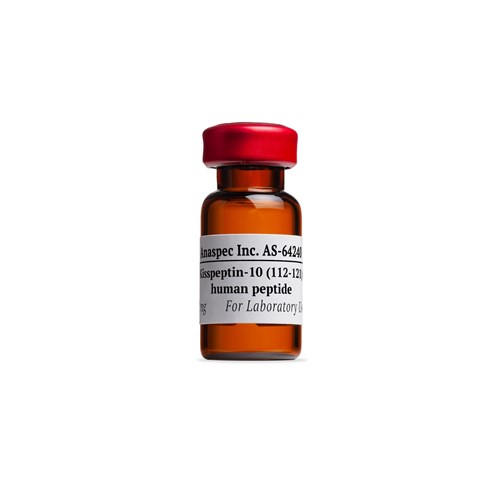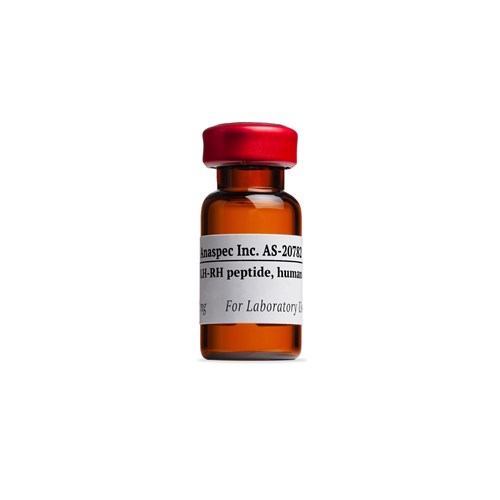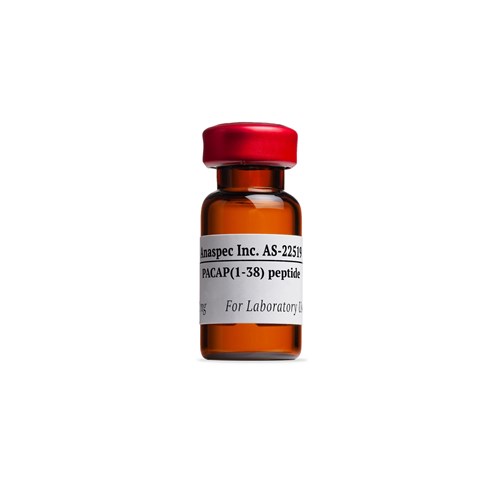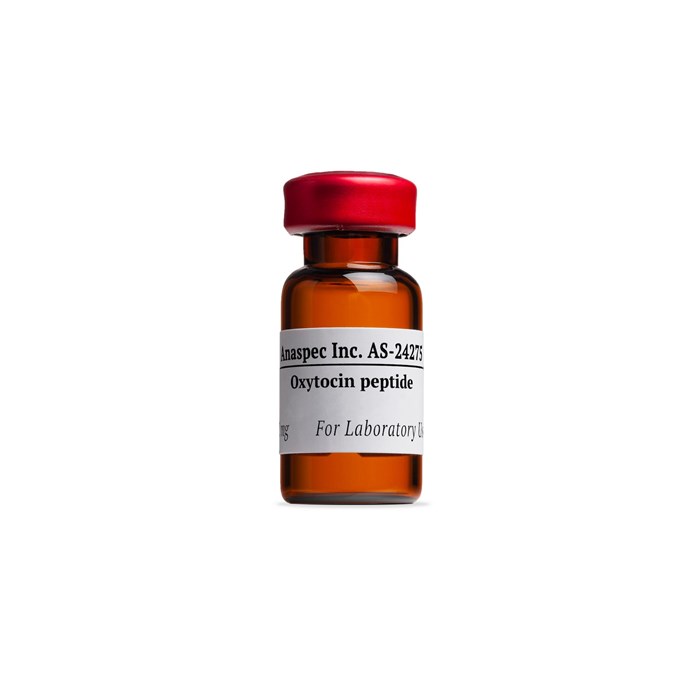Oxytocin Peptide
- Cat.Number : AS-24275
- Manufacturer Ref. :
-
Availability :
In stock
Alternative choices
Oxytocin (OT) is a 9-amino acid peptide that is synthesized primarily in the hypothalamic neurons, specifically the magnocellular oxytocin neurons in the supraoptic and paraventricular nuclei and is secreted by the posterior pituitary gland. It is also secreted from other tissues, such as the ovaries and testes. Circulating OT is important during parturition and lactation. In the pregnant uterus, oxytocin and the oxytocin receptor play a major part for uterine contractility and the induction of labor. OT is also involved in complex social behaviors such as affiliation, sexual behavior, social recognition, stress buffering, aggression, and trust.
Specifications
| Chemistry | |
| Sequence one letter code |
|
|---|---|
| Sequence three letter code |
|
| CAS registry number |
|
| Molecular Formula |
|
| Molecular Mass/ Weight |
|
| Modification | |
| Conjugation |
|
| Quantity & Purity | |
| Purity |
|
| Storage & stability | |
| Form |
|
| Storage Conditions |
|
| Activity | |
| Biomarker Target | |
| Research Area | |
| Sub-category Research Area | |
| Usage |
|
| Source | |
| Source / Species |
|
| Codes | |
| Code Nacres |
|
Downloads
You may also be interested in the following product(s)

Kisspeptin-10 (Kp-10) (112-121), Metastin (45-54), human - 1 mg

Luteinizing Hormone-Releasing Hormone (LH-RH), human - 25 mg

Citations
Angiotensin IV elevates oxytocin levels in the rat amygdala and produces anxiolytic-like activity through subsequent oxytocin receptor activation
Psychopharmacology (Berl) . 2010 Mar 12 ; 209(4) 303 | DOI : 10.1007/s00213-010-1791-1
- C. Beyer
- et al
